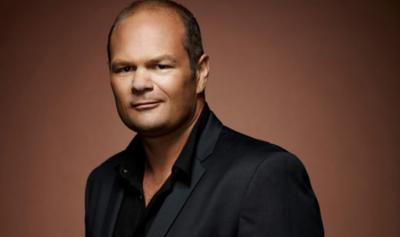'Underwater Robots,' Documentary on Immigrant Plight, at Parrish Friday
'Underwater Robots,' Documentary on Immigrant Plight, at Parrish Friday
“Underwater Dreams,” a 2014 documentary about the sons of undocumented Mexican immigrants who create a robot from Home Depot products, will be shown at the Parrish Art Museum in Water Mill tomorrow at 6 p.m.
On a whim, two high school science teachers entered their school in an underwater robotics competition sponsored by NASA and the Office of Naval Research. Four students fashioned Stinky the robot, in part with PVC pipe and duct tape, and their creation defeated M.I.T. in the competition.
Tickets are $12, free for members and students.

